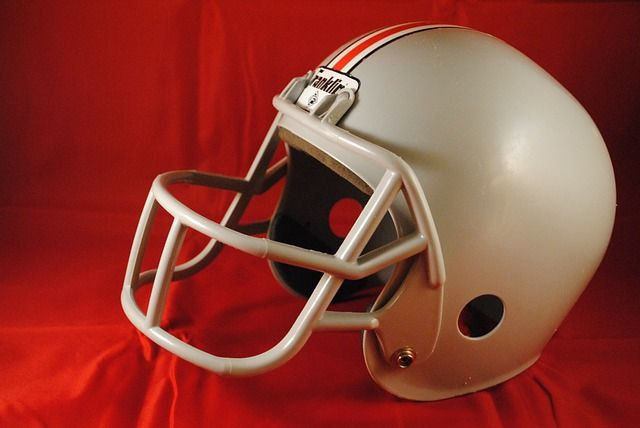What Are The Early Signs Of CTE? With MRI, Doctors May Be Able To Diagnose Brain Damage Before Death

Someday soon, doctors may use a slightly tweaked but common brain imaging test to detect a neurodegenerative disorder that especially affects athletes — if recent research published in the American Journal of Geriatric Psychiatry continues to hold up.
The study’s findings, though still preliminary, suggest that magnetic resonance imaging (MRI) scans can be used to detect CTE, a progressive neurological disease thought to be caused by repeated brain trauma. earlier than ever before. Currently, the only surefire way to diagnose CTE is by examining someone’s brain after they’ve died.
Researchers at the University of California, Los Angeles (UCLA) used an MRI to scan the brain of a 51-year-old former high school football player who had suffered multiple concussions during his playing time. Starting in his mid-40s, the man had gone into a steady decline of his mood, attention span, and cognition, prompting doctors to diagnose him with bipolar disorder and attention deficit hyperactivity disorder. With the help of new software technology, though, the UCLA researchers were able to find subtle changes in the man’s brain compared to the average person’s, and in the same pattern as seen with cases of CTE.
"Having an MRI-based technique for detecting this pattern of brain changes would help us a lot in assessing the brain health of athletes and others with histories of concussions," said co-author Dr. David Merrill, an assistant clinical professor of psychiatry and biobehavioral sciences at the Semel Institute for Neuroscience and Human Behavior at UCLA, in a statement.
The software analysis used by Merrill and his colleagues, provided by a newly FDA-approved tool called Neuroreader, allowed them to measure the volume of 45 different regions of the man’s brain.
"From one scan it can tell you which of those regions is abnormally large or small compared to a large database of normative brain volume," explained co-author Dr. Cyrus A. Raji. "Most importantly, we were able to see the progression of volume loss over time, because the patient had had another MRI done in 2012."
While his brain showed the sort of scarring typically associated with concussions, the analysis also found much less gray matter, or nerve cells, in the man’s brainstem, ventral diencephalon and frontal lobes. In the four years since his 2012 scan, the amount of total gray matter volume had shrunk by 14 percent. There were, however, no signs of Alzheimer’s Disease or other forms of dementia.
"The specific areas that were abnormally low in their volumes helped us understand that this patient's cognitive symptoms were likely due to his history of traumatic brain injury," Raji said. The man, given the pseudonym of “Bob Smith,” had endured hundreds of head blows throughout his high school career, including one that knocked him unconscious. In recent years, researchers have tied contact sports like football to an increased risk of developing CTE.
The UCLA team next hopes to confirm their findings by studying the brains of other people with histories of head trauma.
Source: Raji C, Merrill D, Barrio J, et al. Progressive Focal Gray Matter Volume Loss in a Former High School Football Player: A Possible Magnetic Resonance Imaging Volumetric Signature for Chronic Traumatic Encephalopathy. American Journal of Geriatric Psychiatry. 2016.
Read More:
High Percentage Of Ex-NFL Players Had Brain Disease: Report. Read here.
Concussions In Sports: Simple Blood Test Could Diagnose Traumatic Brain Injury In 7 Days, Help Prevent CTE. Read here.
Published by Medicaldaily.com



























